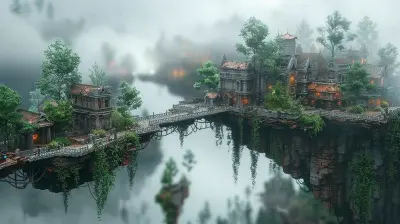The Enduring Popularity of Retro Indie Style
29 September 2025
So, it's 2024, and you're telling me we still can't get enough of pixelated plumbers, chiptune beats, and platforming madness that looks like it crawled out of your grandpa's old NES? Yep. That’s right. Retro indie style is alive, kicking, and still wearing its acid-washed denim jacket like it’s 1989. But why? Why is it that every time we boot up a game with chunky pixels, our hearts skip a beat?
Let’s dive down the pixelated rabbit hole and find out why retro indie games are refusing to go gently into that good night—in fact, they’re staying up all night, hopped up on nostalgia and Red Vines.
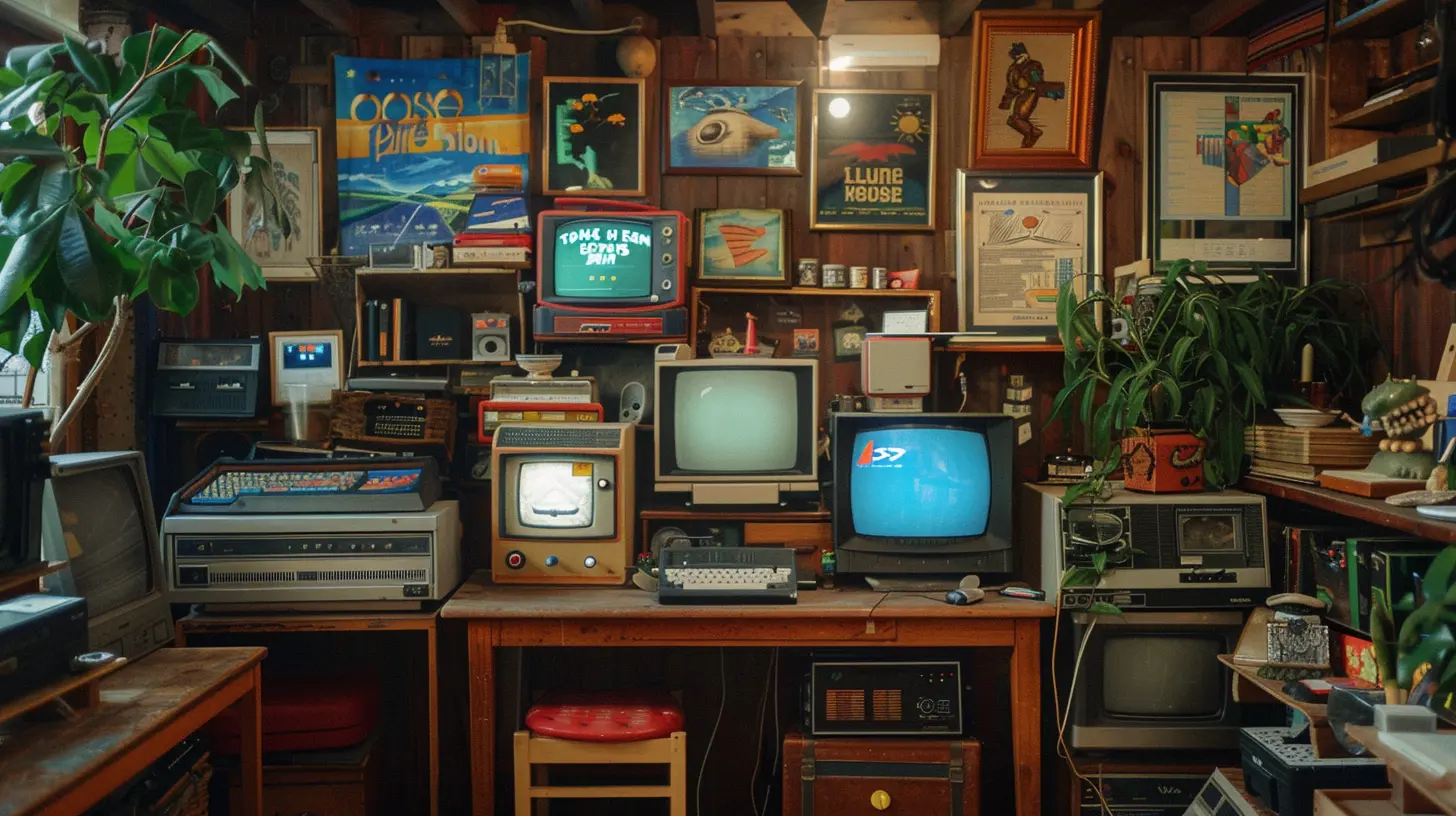
The Retro Revolution: Aren’t We Supposed to Be in the Future?
Let’s just cut to the chase—we live in an age where games can simulate real cities, render individual eyebrow hairs, and include more voice actors than your favorite Netflix show. And yet, here we are, drooling over games that look like they were coded in someone’s garage during the Clinton administration.So, why are people still losing their minds over retro indie games like Shovel Knight, Celeste, or Undertale?
Because they’re pure magic. Duh.
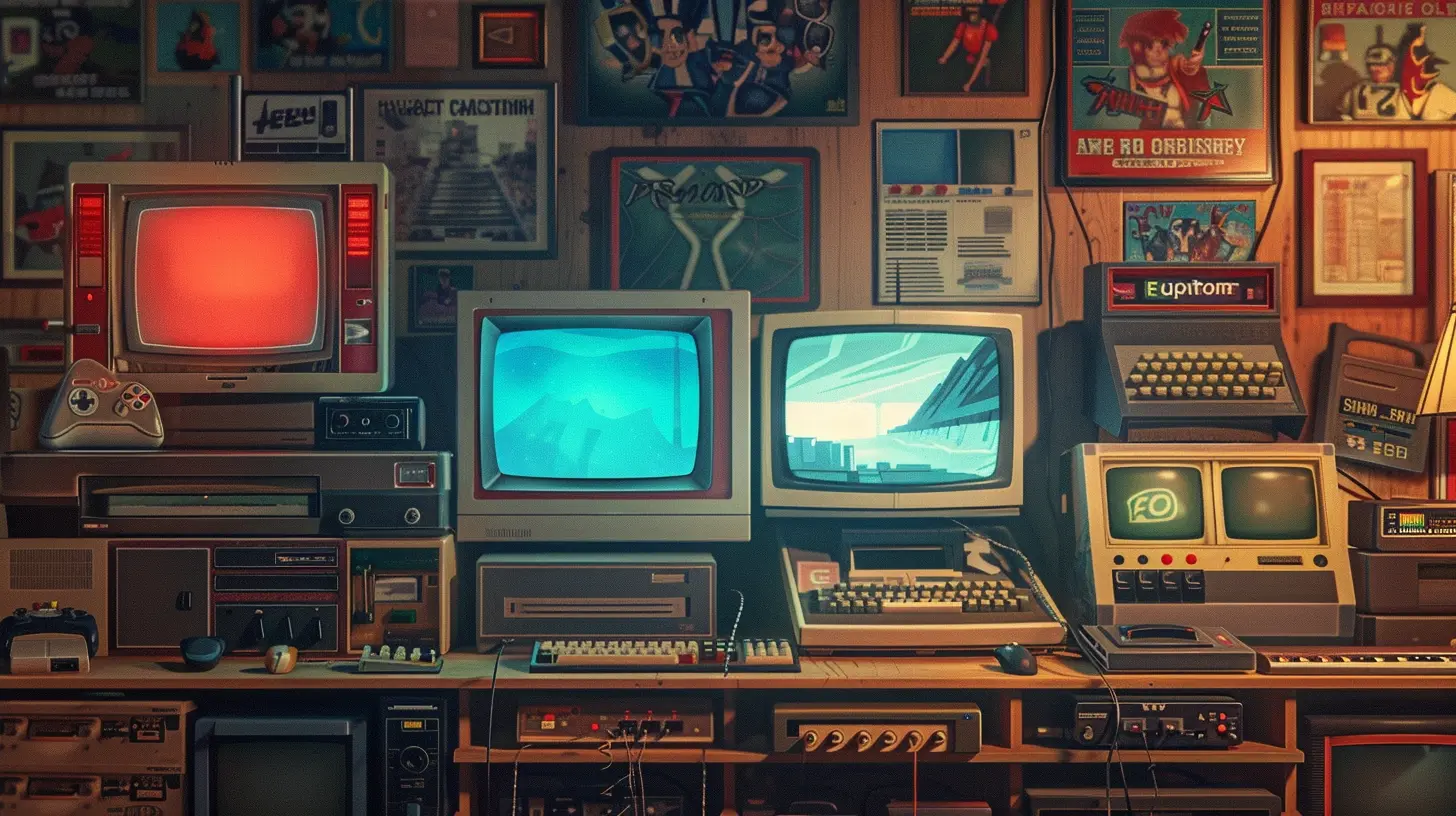
Nostalgia Is a Heck of a Drug
Let’s be real, if nostalgia were an energy source, we’d have solved the climate crisis by now. Retro indie games tap straight into that sweet, sweet nostalgia vein. They remind us of a simpler time—when you had to blow into a cartridge to make it work, and “saving your game” meant pausing it and praying no one touched the console.These games feel like home. They’re warm, fuzzy, and come with fewer bugs than your average AAA title at launch (looking at you, Cyberpunk 2077). That’s gotta count for something, right?
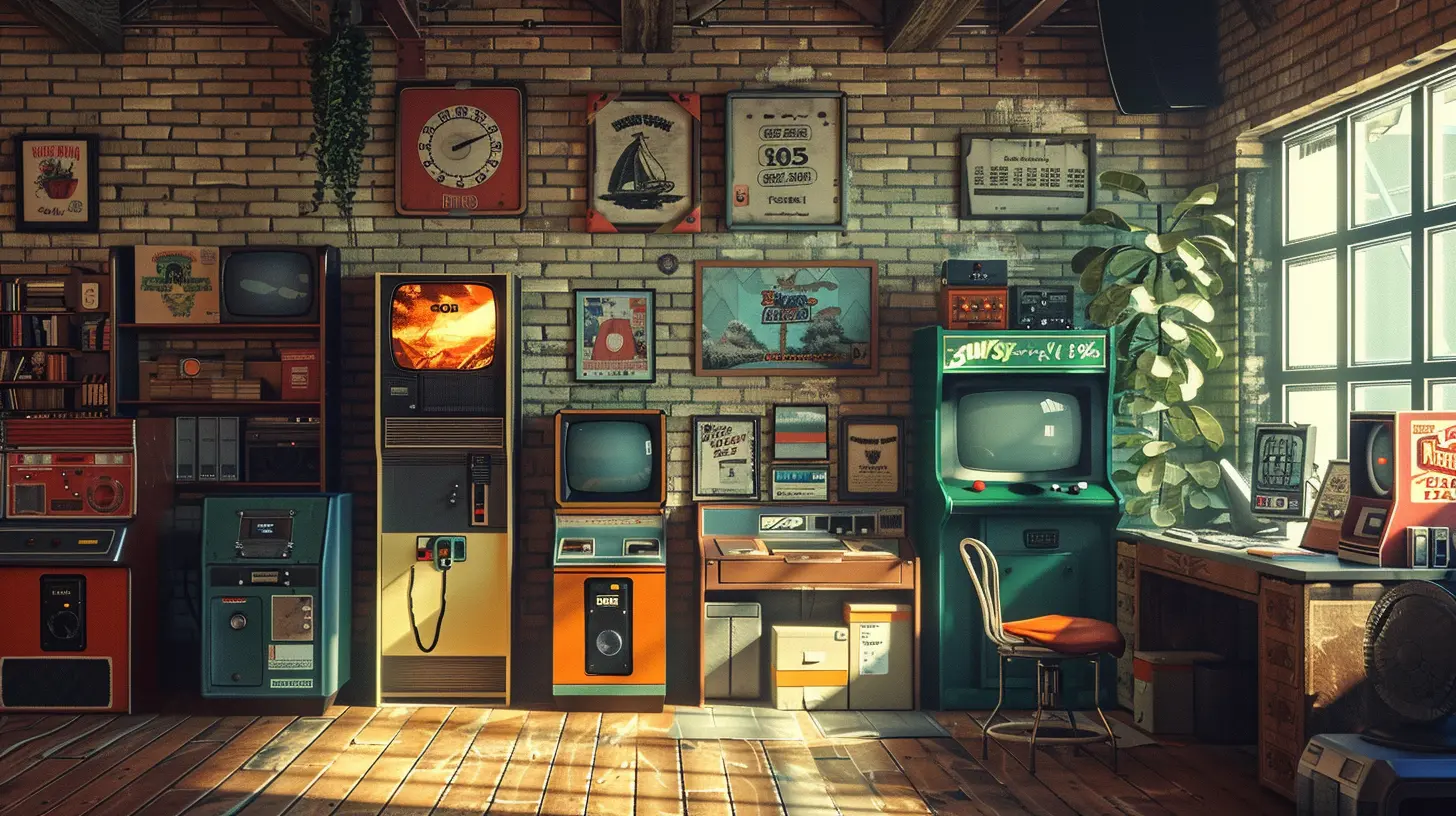
Indie Devs: The Quirky Geniuses We Need
Retro indie games are powered by sheer creative chaos. Unlike massive development studios with layers of red tape, indie developers can basically yell “Hold my beer!” and create whatever the heck they want.Want to make a game where you’re a sentient piece of toast trying to find meaning in a toaster-dominated universe? Go for it. How about a platformer based on your cat’s dreams? Why not?
This no-rules, no-apologies attitude gives retro indie games a wild, unpredictable charm. They’re like the punk rock of the gaming world—no polish, just personality.
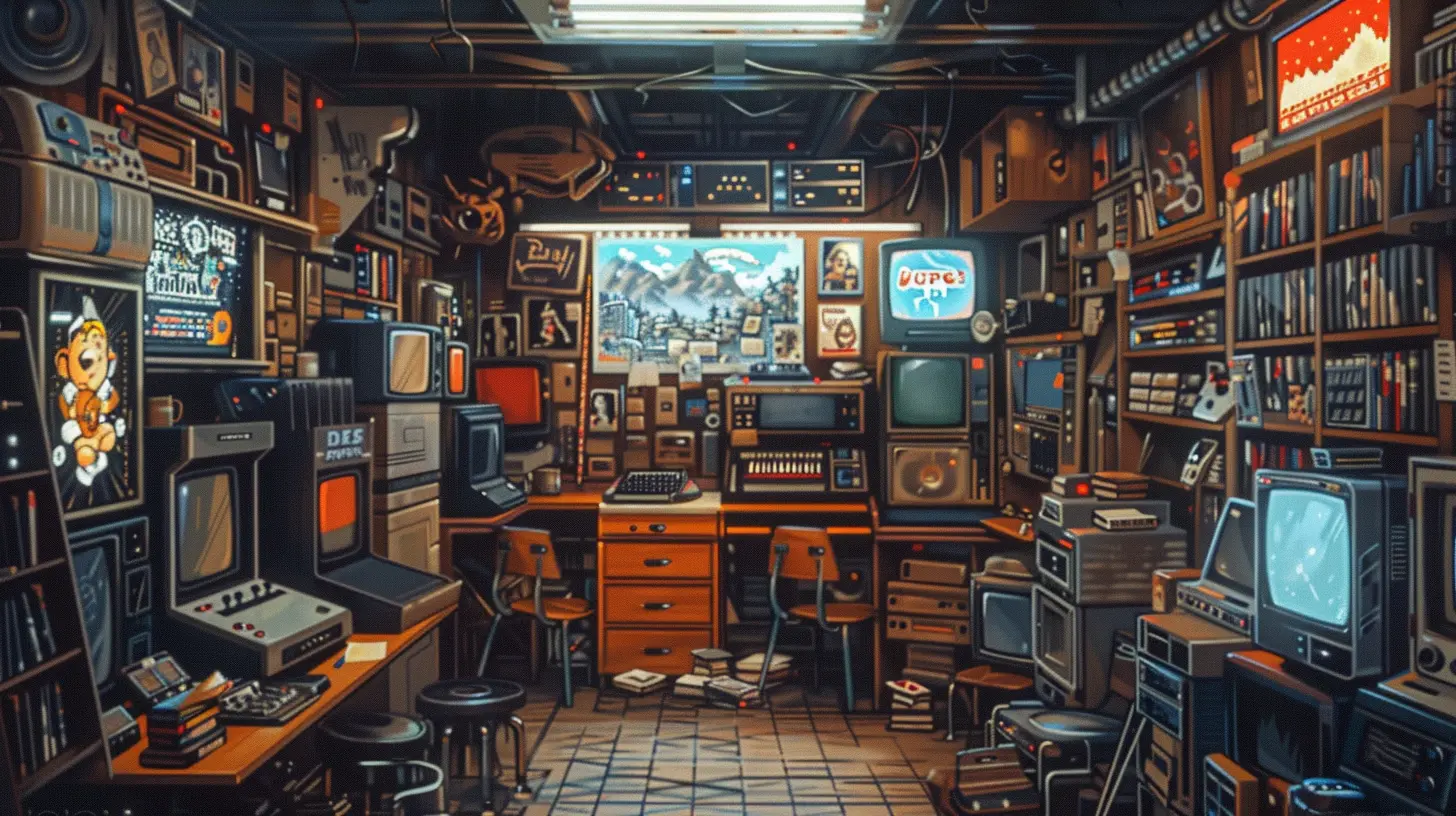
Style Over Substance? Nah, We Want Both
You might be thinking, “Okay, but retro graphics are soooo outdated.” Yeah, and so are denim jackets, yet everyone wears them like they invented the concept. Retro indie games aren’t just about style—they use that style to elevate the gameplay.Take Celeste, for example. It looks retro but plays smoother than a jazz saxophone solo. The pixel art? Gorgeous. The platforming? Chef’s kiss. The emotional story? Absolutely gut-wrenching.
It's not about making the game “look old”; it's about crafting an experience that feels timeless.
Graphics Schmraphics: Gameplay Is King
Let’s have an honest chat. Some of the best-looking modern games are also the most boring to actually play. You can give me 4K textures, ray tracing, and realistic mud physics—but if the game feels like a chore, I’m out.Retro indie games strip everything down to the basics. They’re lean, mean, game-playing machines. They're not hiding behind cinematic cutscenes; they’re giving you tight controls, clever mechanics, and a good ol’ fashioned butt-kicking challenge.
Remember when games used to be hard? Not “watch-this-cutscene-then-click-on-a-glowing-object” hard, but actually hard? Retro indie games bring that old-school challenge back. And yeah, they’ll make you throw your controller across the room—but you’ll still love every second of it.
Soundtracks That Slap Harder Than They Should
Don’t even get me started on the music. Retro indie soundtracks are absolute bangers. We’re talking about chiptunes that lodge themselves into your brain like a pop song from high school.Games like Hotline Miami, Katana ZERO, and Undertale have created entire cults based on their soundtracks alone. Try listening to the Mega Man-esque beats of Shovel Knight and not nodding your head. It’s impossible. I dare you.
These soundtracks aren’t just background noise—they’re an integral part of the vibe. They get your blood pumping, your fingers twitching, and your nostalgia sensors firing on all cylinders.
It's Not Just a Fad, It's a Lifestyle
You might think retro indie style is just a cute gimmick, a little flash-in-the-pan moment clinging to the past like an ex who won’t stop texting. But nah, it’s way deeper than that.Retro indie games have created a subculture, a movement. People don’t just play these games—they live them. From conventions to fan art to speedrunning marathons, the retro indie community is thriving.
Even merch is a big deal. You’ll find t-shirts, vinyl soundtracks, and enamel pins plastered with pixelated heroes and 8-bit icons. It’s a full-blown aesthetic at this point, and it’s not going anywhere.
Accessibility = Win-Win
Let’s talk about the practical side of things. Retro graphics aren't just a style choice—they’re a budget-friendly blessing. Not every indie dev has the coin to hire a CGI army, and that’s totally okay.By embracing pixel art and minimalist design, indie devs can focus on what really matters: gameplay, story, and innovation. Plus, retro indie games usually run on just about anything—including your ten-year-old laptop that's currently being used as a doorstop.
Whether you’re gaming on a potato PC, a handheld console, or a smart fridge (hey, we see you, Doom), retro indie games are accessible, lightweight, and just plain fun.
From Cult Hits to Cultural Hits
Let’s not forget how many retro indie games have gone full-blown mainstream. Stardew Valley? Made by one dude, now it's a worldwide phenomenon. Undertale? Changed how we think about RPG mechanics and emotional storytelling. Cuphead? Basically turned 1930s cartoon torture into an art form.These games didn’t just survive—they dominated. They earned rave reviews, massive sales, and legions of die-hard fans. Not bad for games that look like they time-traveled here from the Sega Genesis era.
The Power of Creativity Unleashed
When you strip away the flashy graphics and motion capture, you’re left with good ol’ fashioned creativity. That’s the beating heart of retro indie style. It’s about using limitations to spark innovation.Got only 16 colors to work with? Fine, let’s go wild. Can’t afford voice actors? Cool, we’ll make the writing so sharp it stings. Can't render hair physics? Whatever, our game has talking skeletons and emotional frogs.
Retro indie games are indie at their core—they’re rebellious, weird, passionate, and unfiltered. And that’s exactly why we love them. They’re not trying to be the next Call of Duty—they're trying to be the next “game you can’t stop thinking about for weeks.”
A Generation Raised on Pixels
Let’s not ignore the elephant in the room: the people making these games grew up playing the classics. They’re not just mimicking retro style—they’re paying homage to their childhood.It’s like your favorite band covering a classic tune, but turning it into something entirely new and fresh. Retro indie devs take the essence of old-school gaming and remix it with modern sensibilities.
So even if you didn’t play Castlevania or EarthBound growing up, you can still fall in love with a modern indie take that brings that flavor into today’s world.
Conclusion: Retro Is the New Modern
So, the love affair with retro indie style? It’s not fading anytime soon. In fact, it’s evolving. Retro doesn’t mean outdated—it means timeless. It’s the comfort food of gaming, spiced up with a little creative chaos.While AAA games keep chasing realism and cinematic glory, retro indie games are out here doing what they do best—being fun, emotional, quirky, and wildly unforgettable.
So next time someone asks why you’re still playing a game that looks like it escaped from a 1992 GamePro magazine, just smile and say, “Because it’s awesome, Karen.
all images in this post were generated using AI tools
Category:
Retro GamesAuthor:

Greyson McVeigh
Discussion
rate this article
1 comments
Lorelei Frye
Absolutely loved this piece! Retro indie games remind us that creativity knows no bounds. They inspire us to embrace our uniqueness and find joy in simplicity. Let’s celebrate the passion and artistry behind these gems that continue to captivate hearts across generations! Keep gaming and dreaming! 🎮✨
October 21, 2025 at 4:58 AM

Greyson McVeigh
Thank you! I'm glad you enjoyed it. Retro indie games truly celebrate creativity and originality, reminding us all of the joy in simplicity. Let's keep the passion alive! 🎮✨
